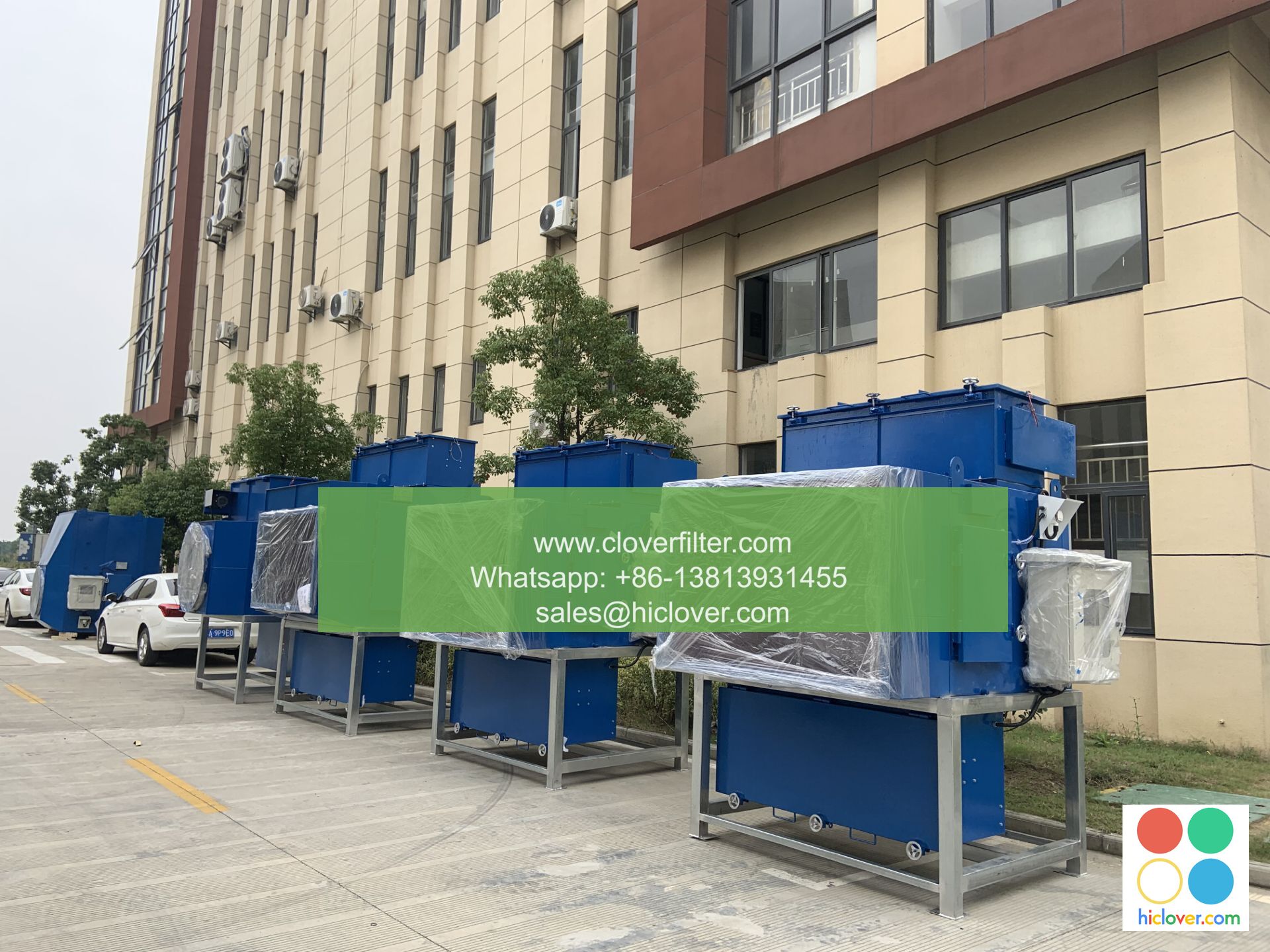Deep Dive: How Activated Carbon Works in Air Purifiers

When it comes to air purifiers, activated carbon is a crucial component in the removal of impurities and contaminants from the air. As a key component in many air purification systems, activated carbon plays a vital role in capturing a wide range of pollutants, including gases, odors, and chemicals. In this article, we’ll delve into the science behind activated carbon and its workings in air purifiers, exploring its various applications and benefits.
The Science of Activated Carbon
Activated carbon, also known as activated charcoal, is a form of carbon that has been treated to increase its surface area and porosity. This is achieved through a process called activation, which involves heating the carbon to extremely high temperatures in the absence of oxygen. This process creates a vast network of micro-pores and crevices on the surface of the carbon, allowing it to trap and capture a wide range of pollutants.
Capturing Pollutants with Activated Carbon
Activated carbon is able to capture pollutants through a process called adsorption, which is similar to suction. As the polluted air flows through the activated carbon, the pollutants are attracted to the carbon’s surface and bind to it, becoming trapped within the micro-pores. This process is highly effective, as activated carbon can capture pollutants as small as 0.1 microns in size.
Key Applications of Activated Carbon in Air Purifiers
Activated carbon is a key component in many air purification systems, with a range of applications across various industries. Some of the key areas where activated carbon is used in air purifiers include:
* Gas monitoring and control: Activated carbon is often used in gas detection systems to remove gases such as carbon dioxide, sulfides, and hydrogen sulfide.
* Odor reduction: Activated carbon is effective in removing unpleasant odors and VOCs (Volatile Organic Compounds) from the air, making it ideal for use in HVAC systems, kitchens, and laundry facilities.
* Chlorine and industrial chemical removal: Activated carbon is often used to remove chlorine and other industrial chemicals from the air, making it safe for occupancy in industrial and commercial settings.
* Mold and bacterial control: Activated carbon has natural antimicrobial properties, making it effective in controlling mold and bacterial growth in air handling systems.
Benefits of Using Activated Carbon in Air Purifiers
The benefits of using activated carbon in air purifiers are numerous, including:
* Effective pollutant removal: Activated carbon is highly effective in capturing a wide range of pollutants, including gases, odors, and chemicals.
* Hello-safe and sustainable: Activated carbon is a natural and non-toxic material, making it a safe choice for use in air purification systems.
* Long-lasting performance: Activated carbon can be reused and regenerated, making it a cost-effective solution for air purification.
* Improved indoor air quality: By removing pollutants and contaminants from the air, activated carbon can help improve indoor air quality and reduce the risk of health problems associated with poor air quality.
Conclusion
In conclusion, activated carbon is a crucial component in air purifiers, playing a vital role in capturing pollutants, odors, and chemicals from the air. With its high surface area and porosity, activated carbon is able to trap even the smallest particles, making it a highly effective solution for a range of air purification applications. Whether used in gas monitoring, odor reduction, or chlorine removal, activated carbon is a reliable and sustainable choice for maintaining healthy indoor air quality. I’m excited! What would you like to chat about or ask for help with?

